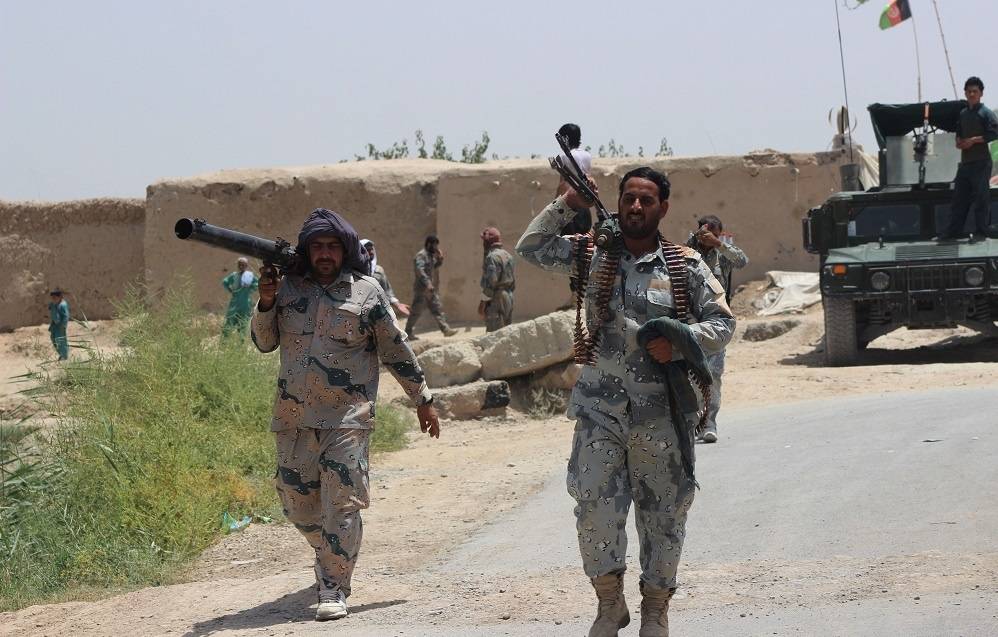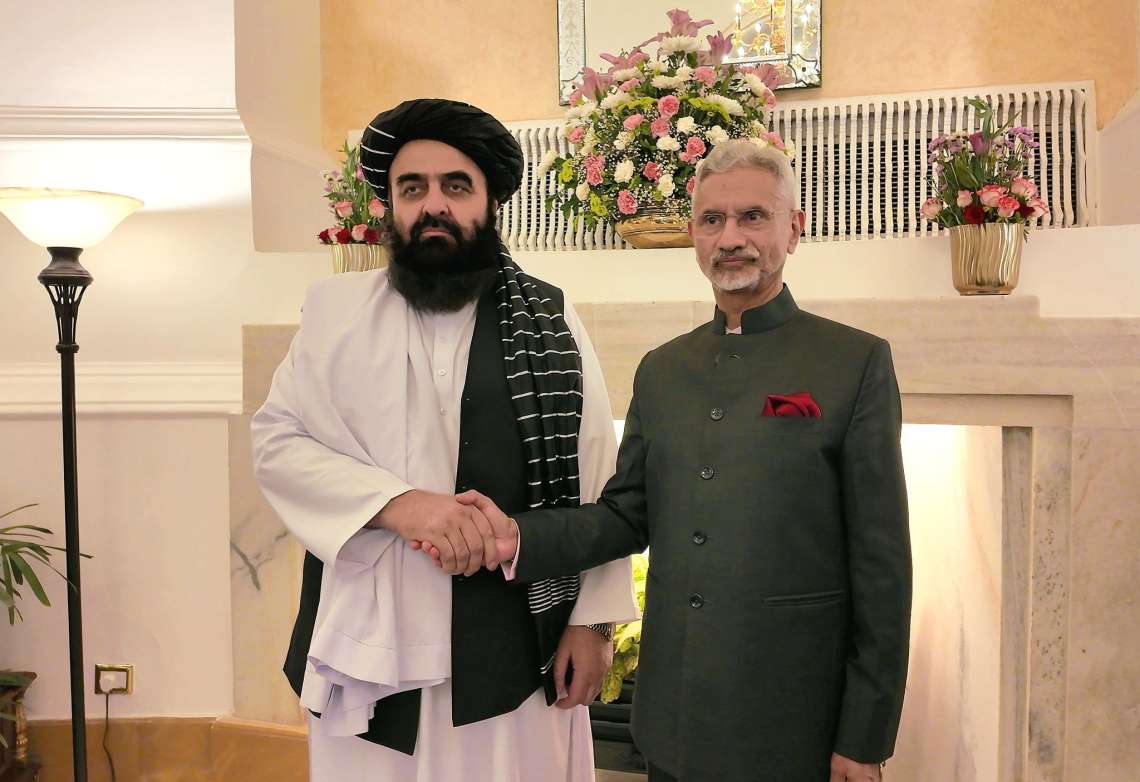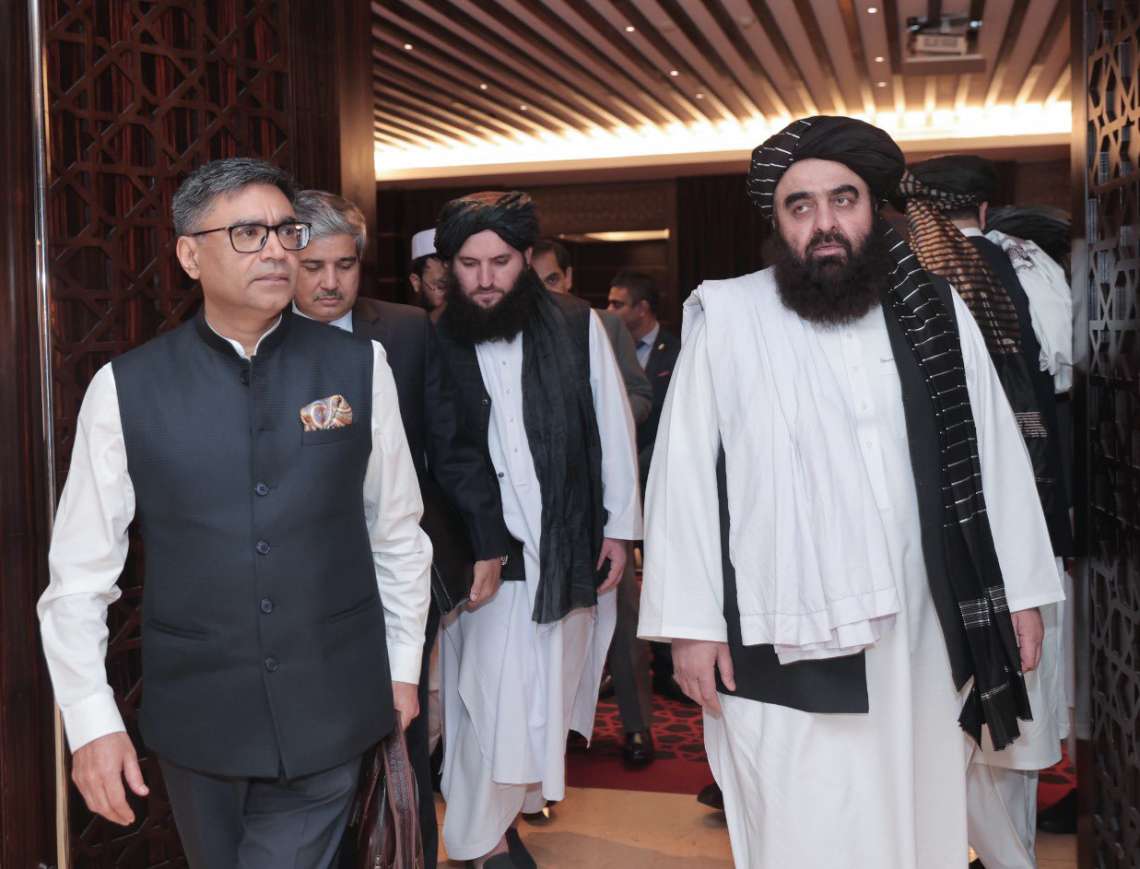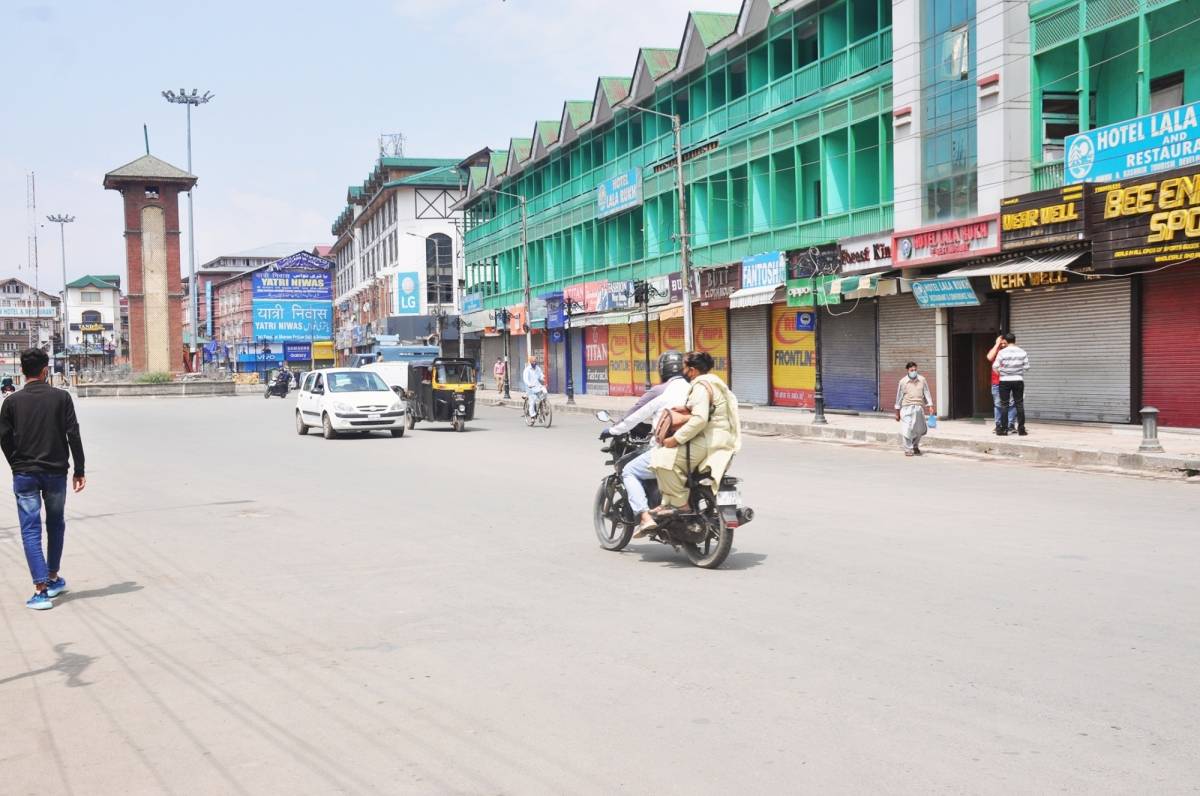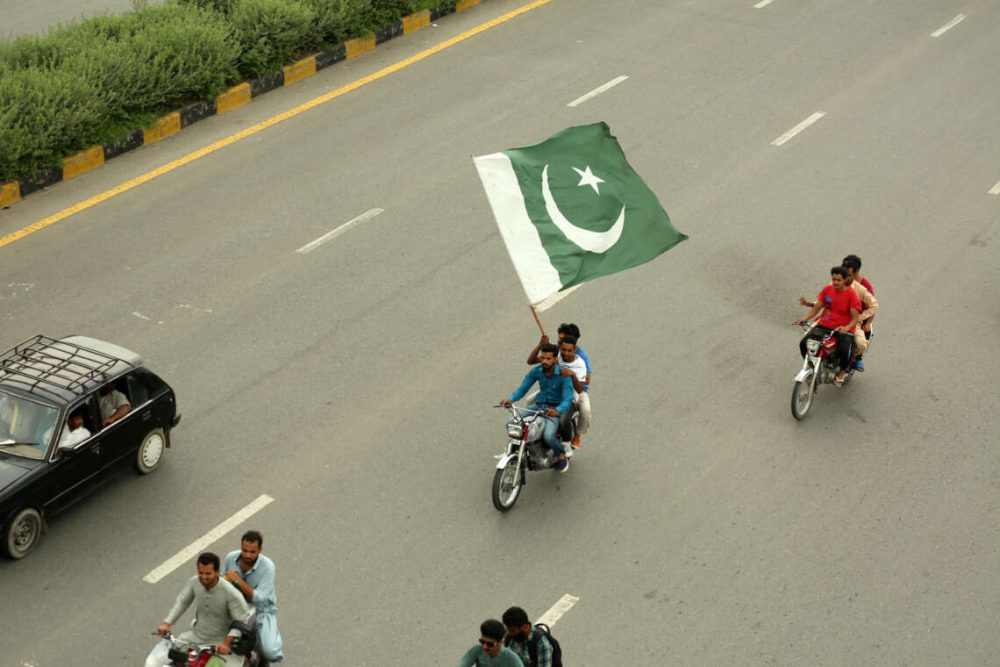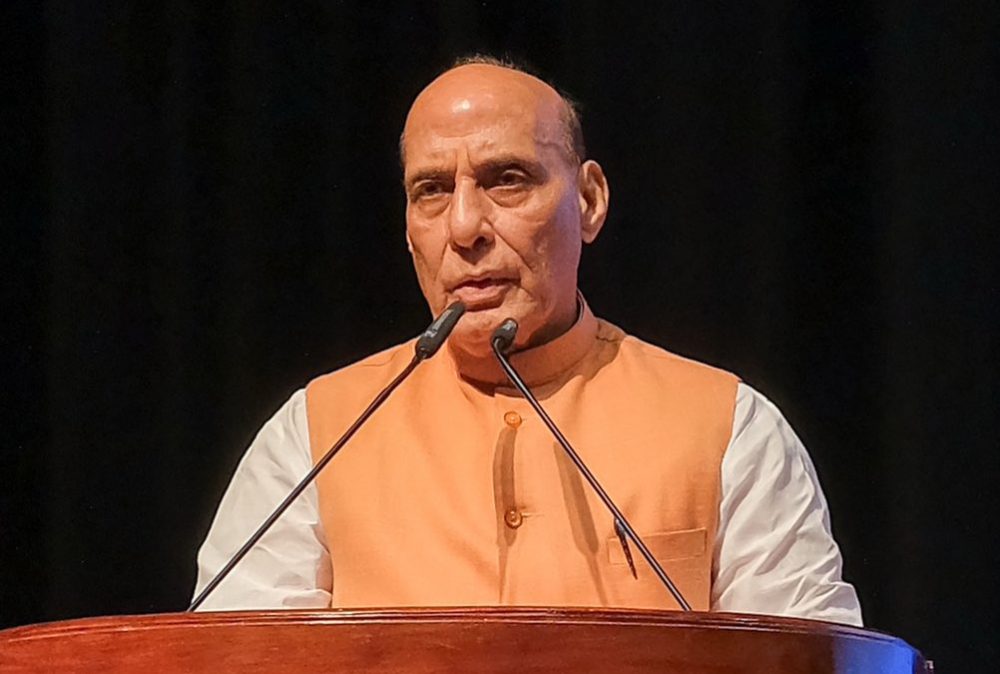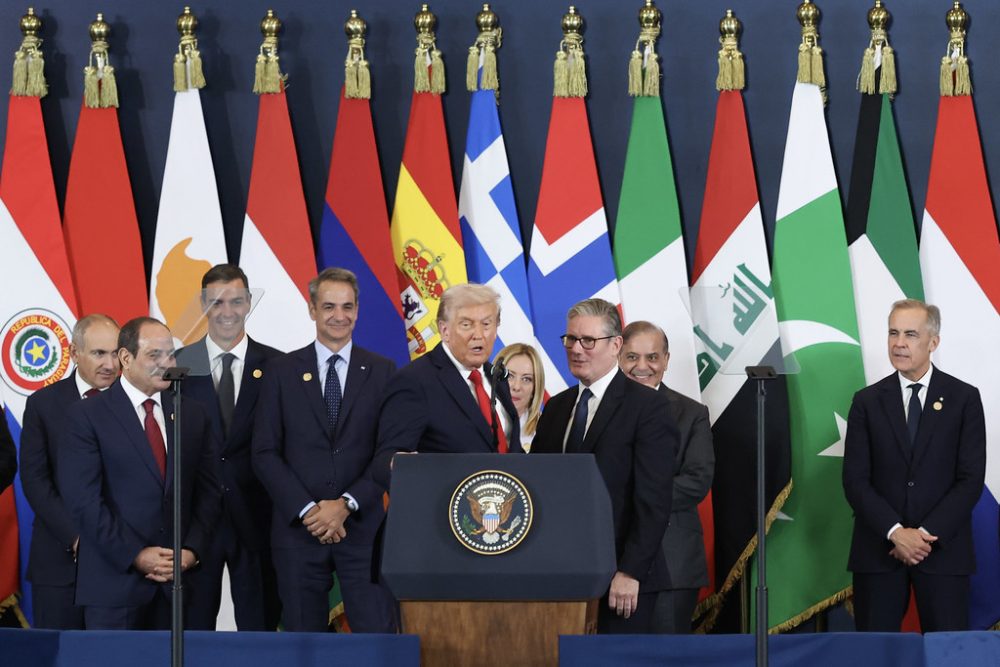More worryingly, the Taliban’s victory and the exit of the American forces have opened the possibility of turning the Af-Pak region into the global epicentre of terror once again, a report by Sankalp Gurjar
The return of the Taliban in Kabul was the most important strategic development of 2021. It has brought the spotlight back on the growing threat of terrorism. For India, it signalled the deteriorating security environment in the region.
More worryingly, the Taliban’s victory and the exit of the American forces have opened the possibility of turning the Af-Pak region into the global epicentre of terror once again.
Within Afghanistan, the power of the Islamic State Khorasan province (IS-KP) is growing. IS-KP is more radical compared with the Taliban in its ideological orientation and accuses the Taliban of having abandoned the path of Jihad.
The regular instances of terror attacks underscore the inability of the Taliban to contain the IS-KP and ensure the law and order across the country. IS-KP, just like Al-Qaeda, is part of the global Jihadist network and therefore, the raging battle between the Taliban and IS-KP assumes international dimensions.
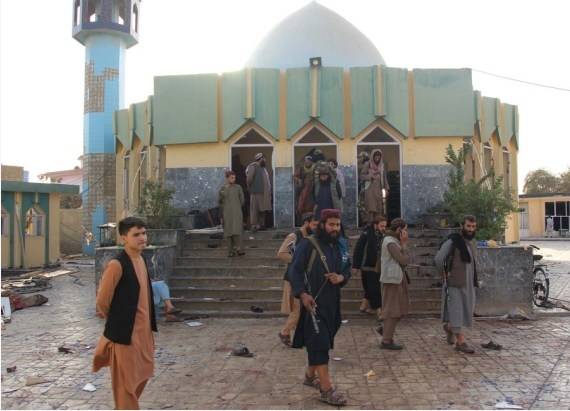
The competition and rivalries between terror groups could result in channelling their attention to spend energy on their internecine and factional battles. However, such an occurrence might incentivize the terrorist organizations to launch more spectacular and devastating attacks to attract newer recruits.
Apart from the IS-KP, the presence of Al-Qaeda in Afghanistan and the Lashkar-e-Taiba (LeT) further increases the challenge of terrorism emanating from the Af-Pak region. Taliban’s positions on the presence of Al-Qaeda, LeT and Jaish-e-Mohammad (JeM) remains ambiguous at best and supportive at worst.
The challenge is further compounded by the Pakistan-based terror groups and their complicated relationship with Pakistan’s deep-state. The return of Taliban in Kabul has emboldened other terror groups in the region such as Tehreek-e-Taliban Pakistan (TTP). The TTP had signed a one-month ceasefire with the Pakistani authorities in November. The ceasefire ended in December and the TTP appears to be gearing up for launching more attacks in Pakistan.

Pakistan’s deep-state is committed to support the Taliban in Afghanistan and India-focused terror groups. Yet, it opposes the TTP and would not like to see the growth of IS-KP in areas adjoining the Af-Pak border. Squaring this circle is a challenge and will result in further deteriorating Pakistan’s internal security scenario.
China, despite being one of the key players in the evolving geopolitics of the Afghanistan, will be concerned about the evolving situation in Af-Pak region. The security of the China-Pakistan Economic Corridor and the spill over of radical Islam into the restive Xinjiang are China’s key interests.
The Chinese engagement with Taliban is driven partly to assuage these concerns. Pakistan will remain a key interlocutor for China in Afghanistan. China-Pak nexus and their links with the Taliban complicate India’s challenges in Afghanistan.
From the Westernmost Afghanistan to the Pakistan-occupied Kashmir, a terror corridor is in the making, where terror logistics will be easily available. The flailing state apparatus in Afghanistan as well as Pakistan is largely permissive for the emergence of such a corridor.
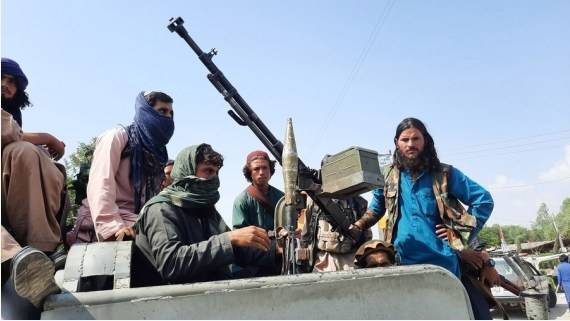
Identifying one’s friends from enemies in this corridor will be a challenge as the boundaries between terror groups will be blurred. Regional states like India and Iran, with their own set of vulnerabilities, will be hard-pressed to secure their borders and constrain the spread of terrorism.
India has already seen the rise in terror incidents in Kashmir. In this context, the engagement between India and Central Asia has intensified and efforts are being made to evolve a shared understanding on the challenges emanating from Afghanistan.
There are indications that signalling greater resolve and willingness to work together, India will invite Central Asian states as chief guests for the Republic Day parade in January. Regional security will be a key agenda item in the discussions.
Meanwhile, the illicit trade of narcotics is flourishing in Afghanistan. With no international financial support, the narcotics are likely to be a key source of revenue for the Taliban. Thus, the nexus between drugs and terrorism will be further deepened in 2022.
The collapse of the Afghan economy and the rising unemployment will facilitate the easy availability of manpower for building narcotics supply networks. The permissive attitude of Pakistan authorities and the unstable Baluchistan will bring a maritime dimension in this matrix.
The region from Pakistan to South Africa is emerging as a key node in the global narcotics supply chain. The unstable states like Yemen and Somalia and weaker law enforcement as well as maritime patrolling capacities will further accentuate these threats.
The narcotics supply routes can be used to transit terrorists, as well as, weapons. The presence of radical Islamist groups, including terrorists, in the East and Southern Africa could complicate the terror challenge in the wider Western Indian Ocean region.
Therefore, the developments in Af-Pak region and the rise of a terror corridor will not remain limited to the South-Central Asia. It will have security implications for the wider region and perhaps the whole world. Hence, in 2022, the Af-Pak region will remain central to the international security agenda.
(The content is being carried under an arrangement with indianarrative.com)


